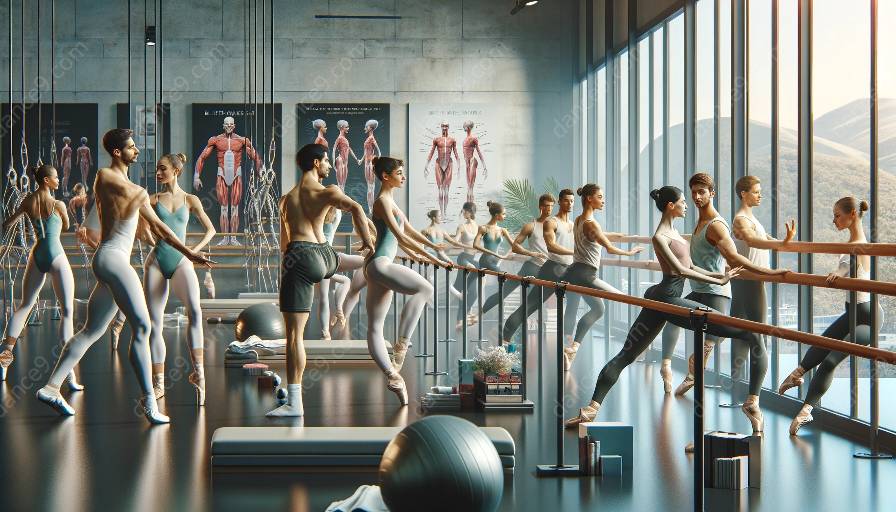Ballet is not only a form of art but also a physically demanding discipline that requires a deep understanding of biomechanics and kinesiology. In this comprehensive exploration, we will delve into how ballet technique aligns with these scientific principles, and how they impact the health, physical aspects, and history of ballet.
Ballet Technique: A Blend of Artistry and Science
Ballet technique is a precise and intricate system of movements that emphasizes grace, balance, and control. Every movement in ballet is carefully designed to display strength and agility while maintaining an illusion of effortlessness. Behind this seemingly effortless beauty lies a complex interplay of biomechanics and kinesiology.
Biomechanics in Ballet
Biomechanics is the study of the mechanical principles of living organisms, specifically the forces that act on the body and the effects they produce. In the context of ballet, biomechanics plays a crucial role in understanding how the body moves and how the forces of gravity, momentum, and inertia influence dancers' movements.
Ballet movements, such as pliés, pirouettes, and grand jetés, involve dynamic interactions between different body segments, including the legs, arms, spine, and feet. Understanding the biomechanics of these movements helps dancers optimize their performance and reduce the risk of injury.
Kinesiology and Ballet
Kinesiology, the study of human movement, further contributes to the understanding of ballet technique. Dancers must possess a deep understanding of their own anatomy and muscle function to execute movements with precision and efficiency. Kinesiology also provides insights into the alignment, range of motion, and muscular engagement required for optimal ballet performance.
Health and Physical Aspects of Ballet
The rigorous physical demands of ballet require dancers to maintain peak physical condition while minimizing the risk of injury. By integrating principles of biomechanics and kinesiology into their training, dancers can achieve proper alignment, muscular balance, and joint stability, ultimately enhancing their overall health and physical capabilities.
Biomechanical Benefits
Understanding biomechanics allows dancers to make informed adjustments to their technique, leading to improved movement quality and reduced stress on the body. For example, proper alignment of the spine and pelvis during ballet movements can prevent strain and potential spinal injuries.
Kinesiological Insights
Applying kinesiological principles in ballet training helps dancers develop a deeper awareness of muscle activation and coordination. This knowledge enables them to execute movements with greater efficiency and precision, ultimately contributing to their physical prowess.
Ballet History and Theory
Delving into the history and theory of ballet unveils how biomechanics and kinesiology have shaped the evolution of ballet technique. From the classical positions codified by ballet masters to the innovative choreography of contemporary ballet, the integration of scientific principles has been instrumental in refining the art form.
Merging Tradition and Science
Throughout history, ballet technique has evolved in tandem with advancements in our understanding of biomechanics and kinesiology. This fusion of tradition and science has propelled ballet to new heights, allowing dancers to push the boundaries of what is physically achievable while preserving the aesthetic essence of the art form.
As we continue to explore the interplay between ballet technique, biomechanics, and kinesiology, it becomes clear that these scientific principles are not only complementary to the art of ballet but also essential for nurturing the health, physicality, and artistic evolution of dancers.





























